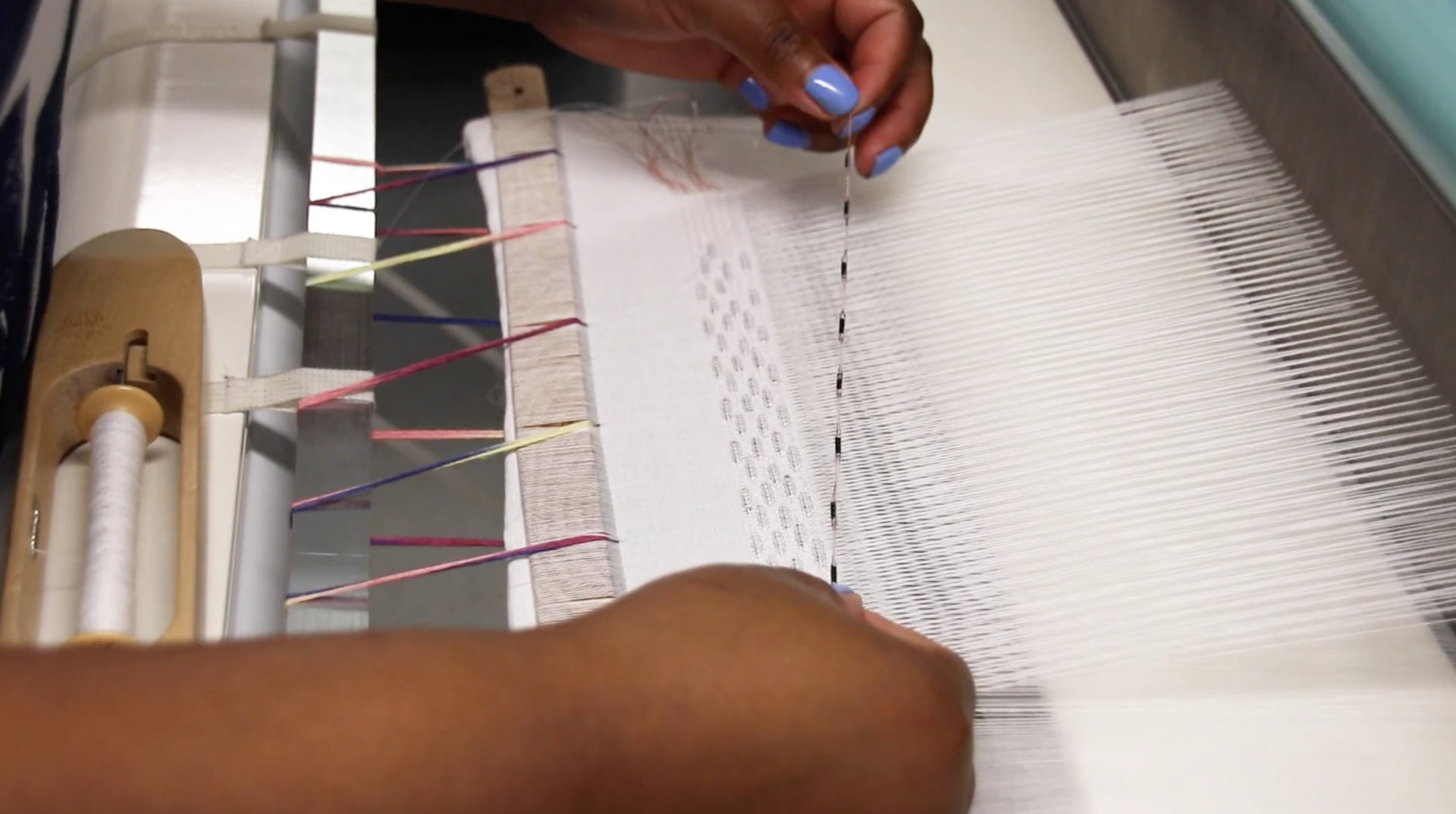This cutting-edge wearable tech has 1,200 tiny solar panels that can charge your phone
The cells combined together are capable of harnessing 400 milliwatts of electrical energy from the sun.

Researchers at Nottingham Trent University have invented textiles embedded with more than a thousand miniature solar cells that can charge a smart watch or mobile phone, according to a press release by the institution published on Thursday.
Equipped with 1,200 photovoltaic cells
The project is being spearheaded by Dr. Theodore Hughes-Riley, associate professor of Electronic Textiles at the Nottingham School of Art & Design and has led to the development of a woven textile equipped with 1,200 photovoltaic cells.
These cells have the capacity to harness 400 milliwatts (mWatts) of electrical energy from the sun and can be easily incorporated into a piece of clothing such as a jacket or used as part of an accessory such as a backpack.
The textiles are engineered to handle the same forces as everyday clothing and can even be washed in a machine at 40°C with other laundry without being damaged.
The tiny solar cells measure a mere five millimeters in length and 1.5 millimeters in width. They are further embedded in a waterproof polymer resin; better yet, they cannot be felt by the wearer, which means they are comfortable and practical to wear.
“This prototype gives an exciting glimpse of the future potential for e-textiles,” said Hughes-Riley, of the university’s Advanced Textiles Research Group (ATRG).

“Until now very few people would have considered that their clothing or textiles products could be used for generating electricity. And the material which we have developed, for all intents and purposes, appears and behaves the same as any ordinary textile, as it can be scrunched up and washed in a machine.”
“But hidden beneath the surface is a network of more than a thousand tiny photovoltaic cells which can harness the sun’s energy to charge personal devices.”
“Electronic textiles really have the potential to change people’s relationship with technology, as this prototype shows how we could do away with charging many devices at the wall.”
“This is an exciting development which builds on previous technologies we have made and illustrates how it can be scaled up to generate more power.”
Breathable and chemically stable material
The new material’s solar cells are made from silicon making them breathable and chemically stable. Furthermore, experiments indicated that the material generated a power output of 335.3 mWatts in 0.86 sunlight and up to 394 mWatts in 1.0 sunlight.
“This project shows how e-textiles can be at the forefront of sustainability and that they have the potential to reshape our existing conceptions of technology,” said PhD candidate Matholo Kgatuke, research associate in the Weaving of Electronic Textiles.
“We have combined long-established weaving techniques with modern technology to create future products which may change people’s perceptions of clothing and electronics.”
Wearable tech is already surpassing smartphones as the fastest-growing tech innovation, and this invention is sure to turn some heads. In addition to being very practical and useful it can be engineered to also be quite stylish, a win-win on all aspects.
 SHOW COMMENT ()
SHOW COMMENT ()









